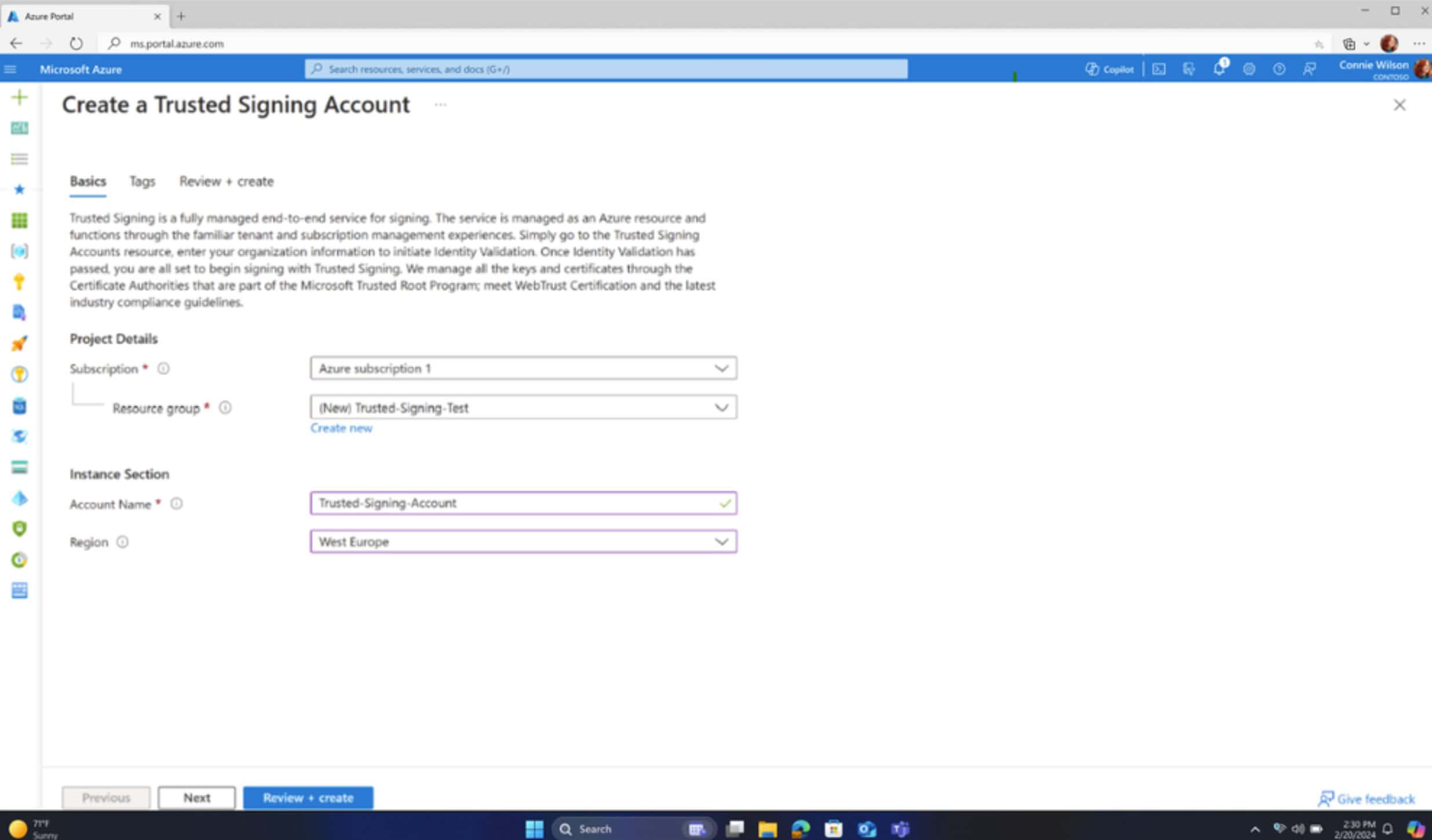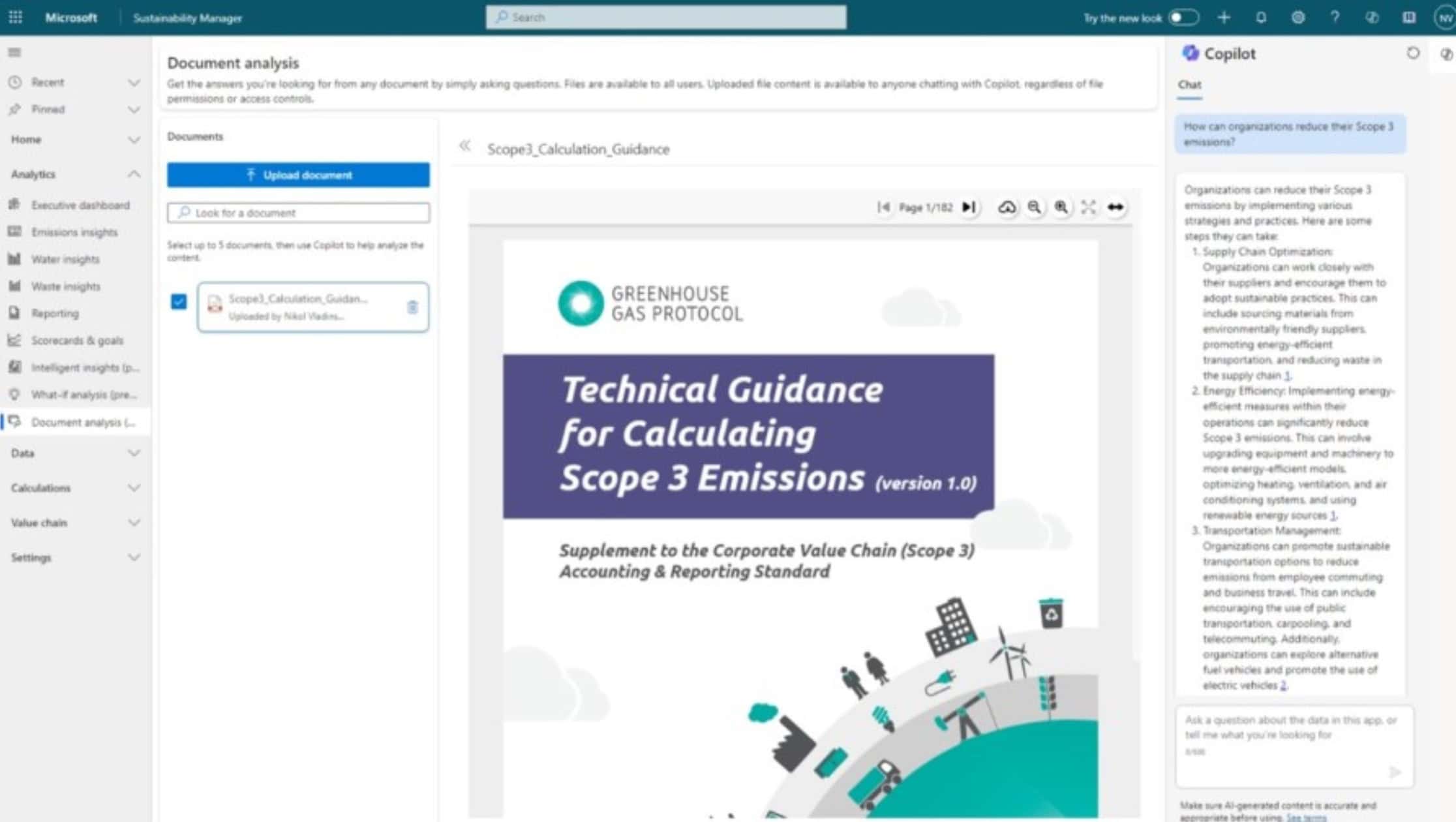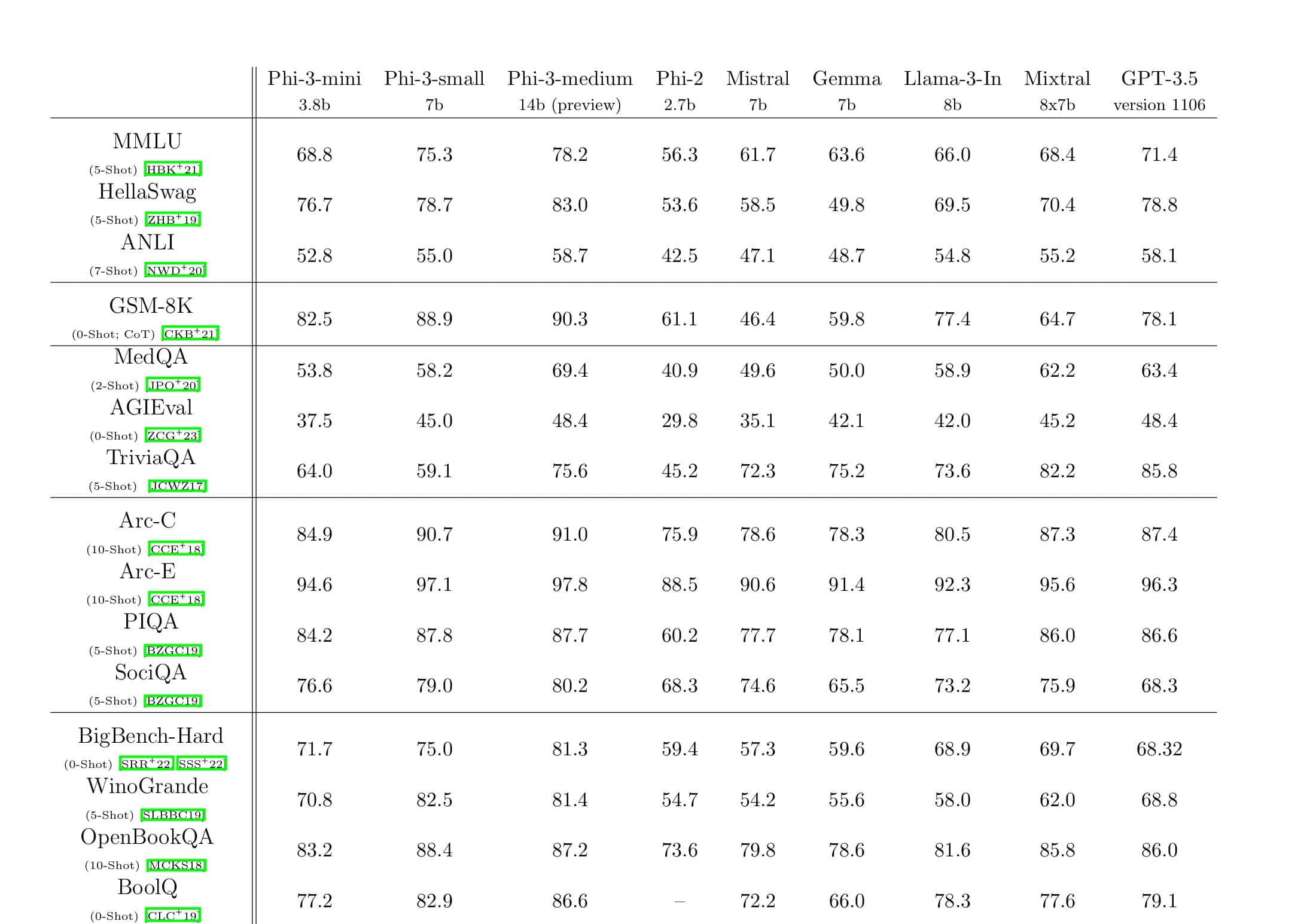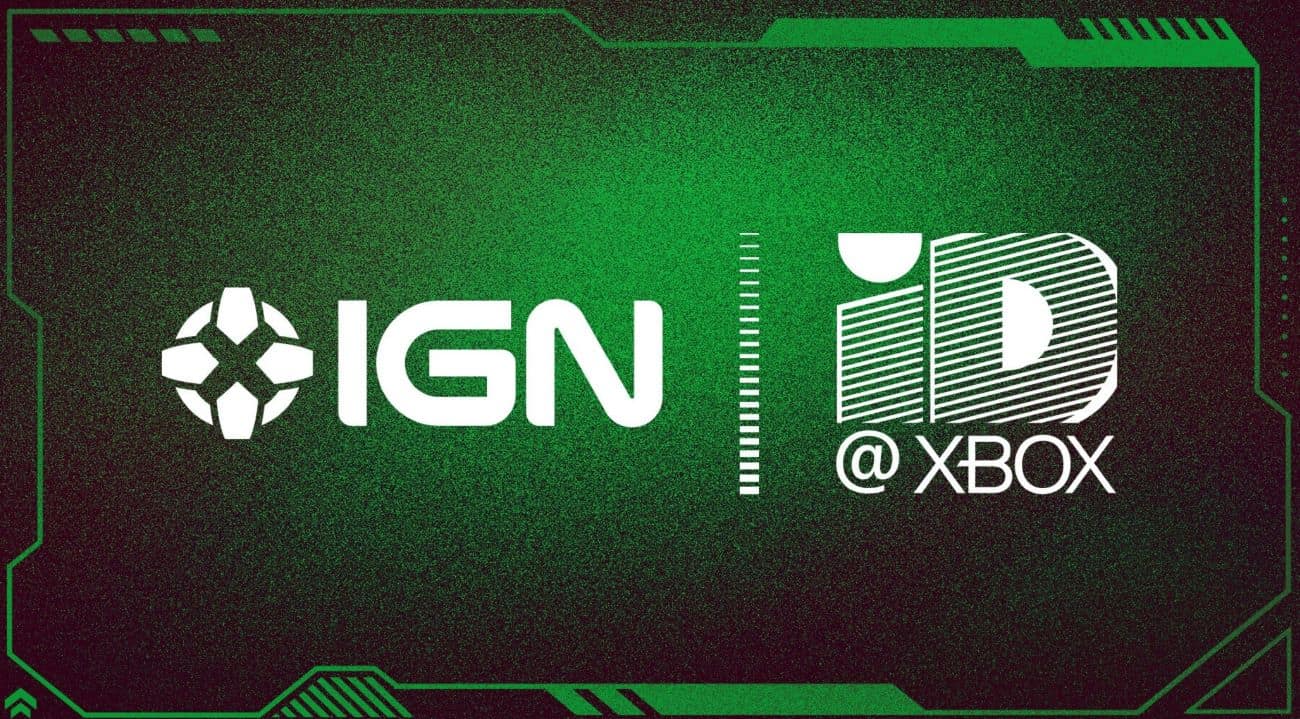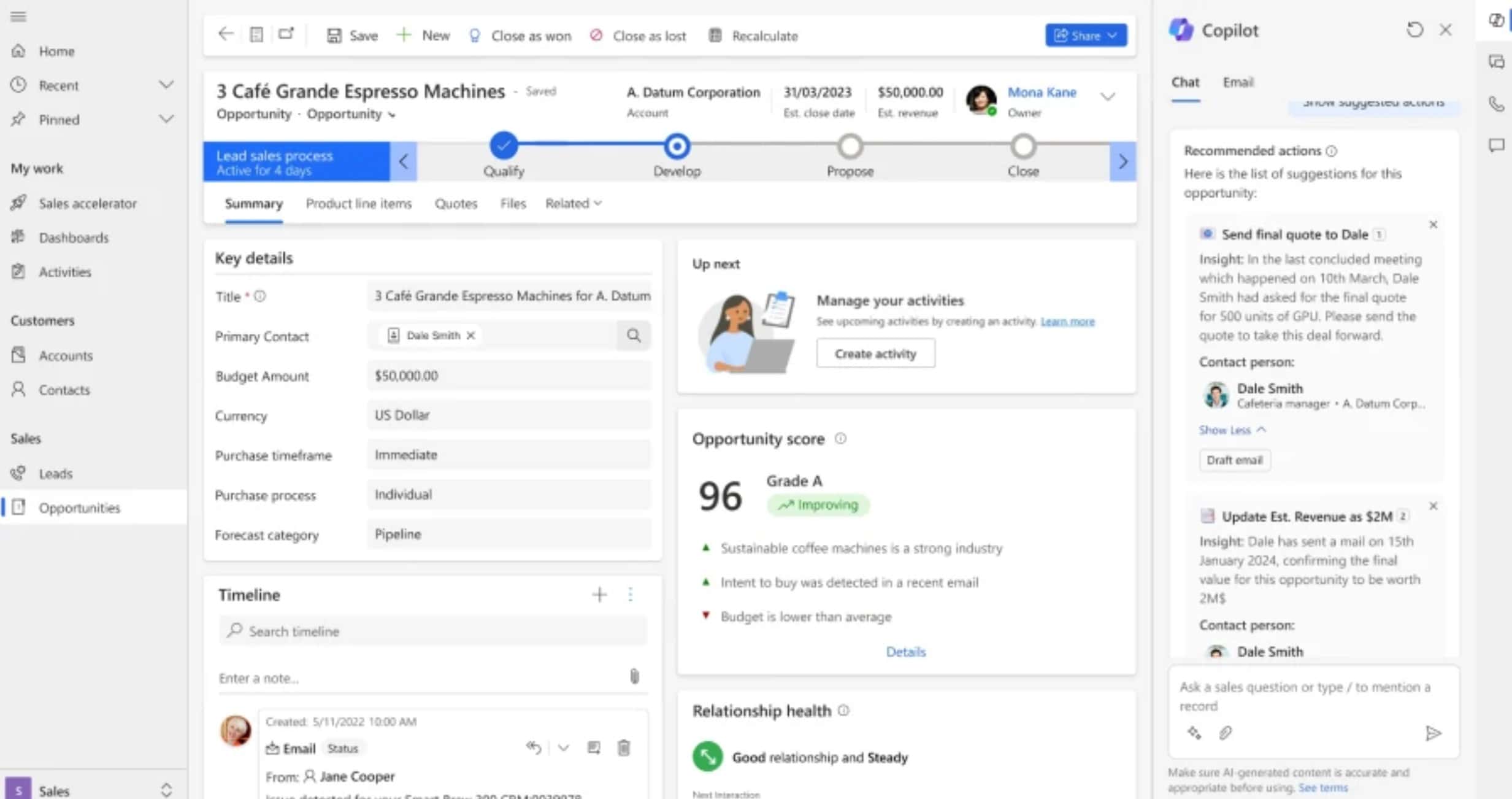Microsoft science guy claims Surface RT 1366×768 display has better perceived resolution than iPad Retina display
3 min. read
Published on
Read our disclosure page to find out how can you help MSPoweruser sustain the editorial team Read more

In the days of the iPad’s 2048×1536 “Retina” display which is supposed to make pixels imperceptible at arms length , 1366×768 seems downright low resolution.
Microsoft’s applied sciences department manager Stevie Bathich however explained things are not as clear-cut as it seems, and that the iPad’s high resolution display may in fact hurt readability.
He writes:
Hey I tried to answer this resolution question for another post, but it got stuck.. So I will try here:
Hey this is Stevie. Screen resolution is one component of perceived detail. The true measure of resolvability of a screen called Modulation Transfer Function (MTF), not Pixels. MTF is a combination of both contrast and resolution. There are over a dozen subsystems that effect this MTF number.. Most folks just focus on one number out of dozens that effect perceived detail. Without good contrast resolution decreases. Check out contrast sensitivity of the human eye graph (http://www.telescope-optics.net/images/eye_contrast.PNG) and if you want more see the links below. Basically, as resolution/DPI increases the eye has becomes less sensitive. So as a result, the amount of light in a room and the reflections off the screen have a huge effect on the contrast of the display. In fact, a small amount of reflection can greatly reduce contrast and thus the perceived resolution of the display. With the ClearType Display technology we took a 3 pronged approach to maximize that perceived resolution and optimize for battery life, weight, and thickness. First prong, Microsoft has the best pixel rendering technology in the industry (cleartype 1.0 and 2.0) .. these are exclusive and unique to Windows, it smooths text regardless of pixel count. Second, we designed a custom 10.6” high-contrast wide-angle screen LCD screen. Lastly we optically bonded the screen with the thinnest optical stack anywhere on the market.. something which is more commonly done on phones we are doing on Surface. While this is not official, our current Cleartype measurements on the amount of light reflected off the screen is around 5.5%-6.2%, the new IPad has a measurement of 9.9% mirror reflections (see the displaymate link: http://www.displaymate.com/iPad_ShootOut_1.htm). Doing a side by side with the new iPad in a consistently lit room, we have had many people see more detail on Surface RT than on the Ipad with more resolution.
Some more links to share if you want to know more… (http://www.normankoren.com/Tutorials/MTF.html)… Also This is a great book to read if you really want to get into it: http://www.amazon.com/Contrast-Sensitivity-Effects-Quality-Monograph/dp/0819434965 or more here http://alexandria.tue.nl/extra2/9901043.pdf
The point appears to be that the high resolution display reduces contrast, which is also an essential element in distinguishing two pixels from one another, and therefore make it more difficult to read more features on the screen on a very high resolution, but otherwise less optimal display.
Personally I am somewhat glad Microsoft chose not to pursue Apple’s helter-skelter specs race, which they pursued for resolution and now for processor speed, with little reflection for what it is actually good for. If 1366×768 is good enough for this laptop I am typing on, its good enough for my tablet.
Do our readers agree? Let us know below.


